
In the Gnostic literature mostly derived from the Nag Hammadi Library, it is written that three types of humans existed from the beginning.
They were the different offspring of Eve, two of whom were of Archontic origin, Cain and Abel. Some believe that these were also known as the Serpent Seed. The third and fourth offspring of Eve and Adam were Seth and Norea.
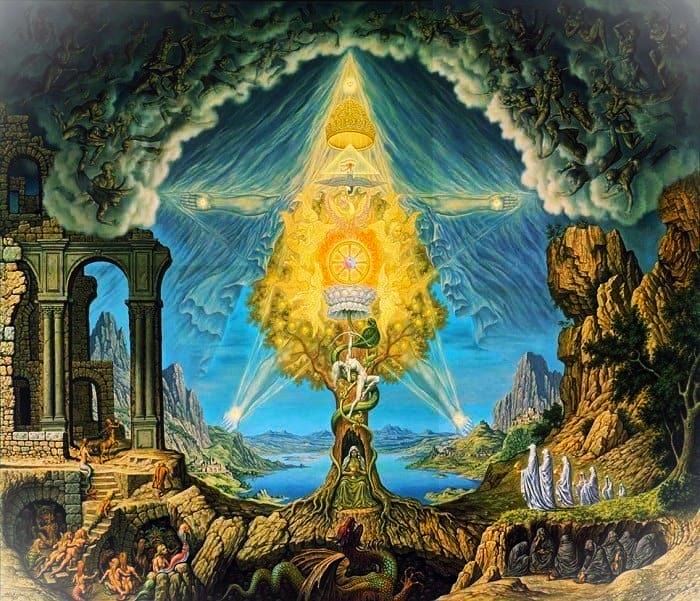
The latter two – the Norea and Sethian “incorruptible race”- are often mentioned as being the humans associated with the pneumatic or spiritual race.
The spiritual race are those who have a greater degree of spiritual “remembrance or gnosis” of their eternal origins.
If this is true, some Gnostic researchers say that one-third of the human race is of the original “pneumatic race” while two-thirds comprise the psychic and hylic races.
Below is a multi-scripture compilation describing the three types of humans, how they are mentioned, and in what context.

Taken from A Gnostic Glossary by L. Carauana:
- Gnosticism has developed a schema of three types of humans: the spirit-endowed Pneumatics, the soul-endowed Psychics, and the flesh-endowed Hylics.
- The spirit-endowed Pneumatics (the Elect) are saved absolutely. The soul-endowed Psychics may be saved or damned. The flesh-endowed Hylics are inevitably ‘damned to destruction’:
- “The spiritual race will receive complete salvation in every way.
- The material will receive destruction in every way (…)
- The psychic race, since it is in the middle when it is brought forth and also when it is created, is double according to its determination for both good and evil.”
(Tripartite Tractate 119:16)
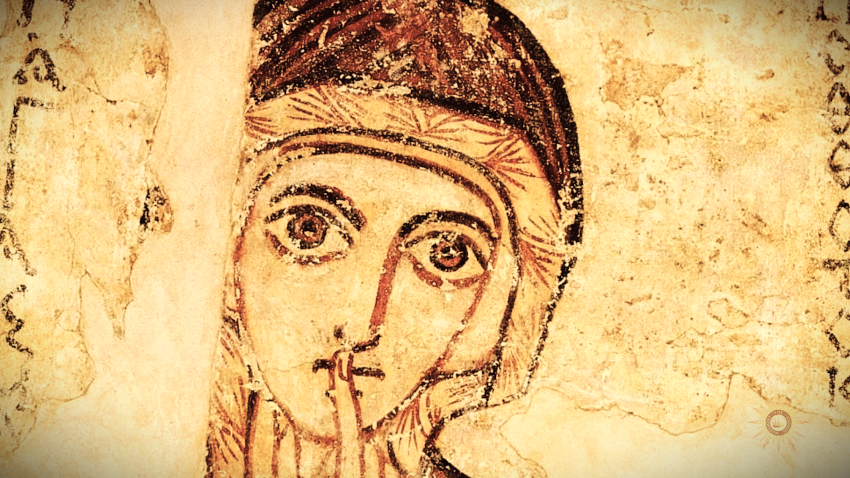
The Apocryphon of John expands on this schema.
There are two types of Pneumatics: those who avoid the corruption of the flesh and those who do not. Both as saved. Then there are the Psychics, who have souls but are without spirit.
They are repeatedly re-incarnated until they acquire the gnosis. Then they are saved. Last of all those without the gnosis (the Hylics?), who are damned eternally.
–First of all, those with the spirit (pneuma) who avoid corruption of the flesh – are saved:
“Those on whom the Spirit of life will descend (…) will be saved and become perfect and be worthy of the greatness and be purified in that place from all wickedness and the involvements in evil. (…) Such then are worthy of the imperishable, eternal life.”
(Apocryphon of John)
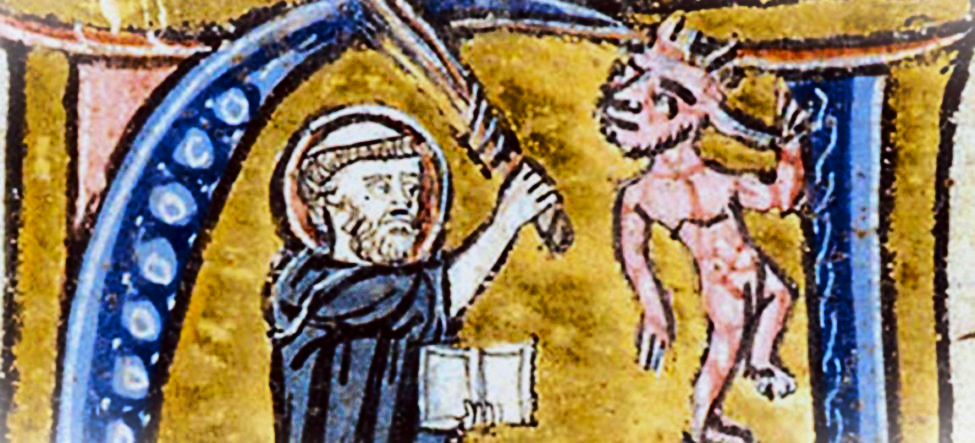
- Second, those with the spirit (pneuma) who do not avoid corruption of the flesh – are still saved:
“Through the intervention of the incorruptible one, it is saved, and taken up to the rest of the aeons.”
(Apocryphon of John)
- Third, those without the spirit (pneuma) are repeatedly re-incarnated until they acquire the gnosis – and are saved:
“After it comes out of (the body), it (the soul) is handed over to the authorities, who came into being through the archon, and they bind it with chains and cast it into prison (i.e. body), and consort with it until it is liberated from the forgetfulness and acquires knowledge. And if thus it becomes perfect, it is saved.”
(Apocryphon of John)
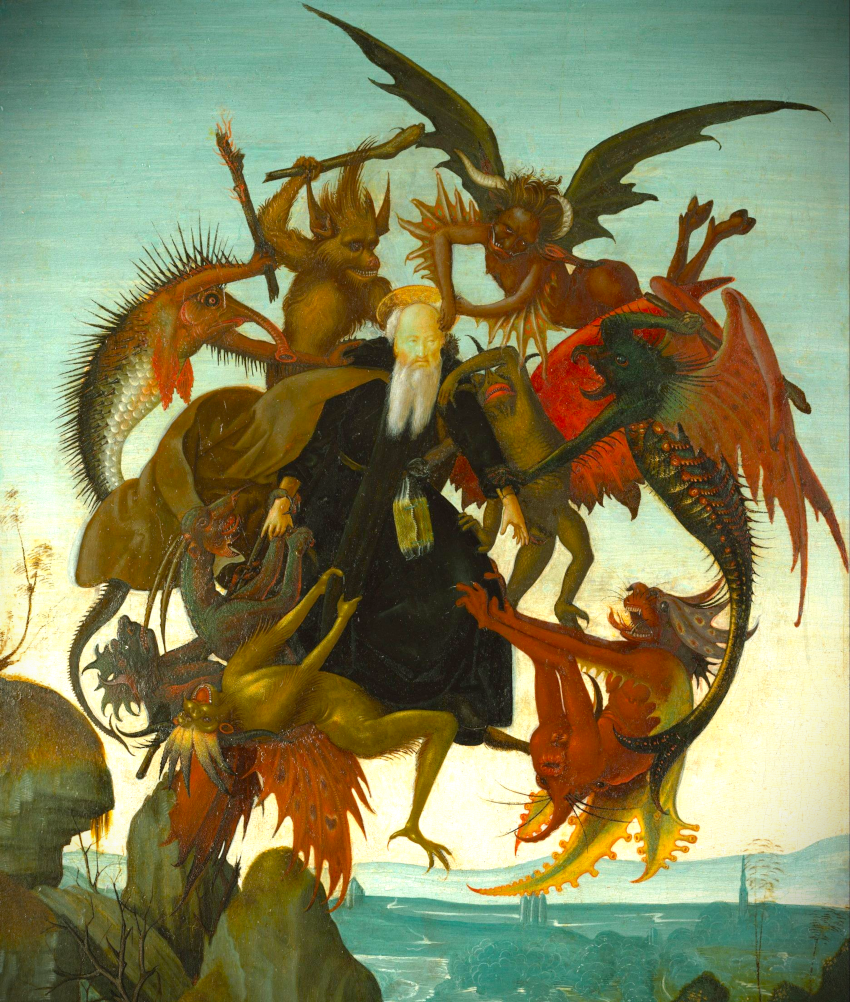
- Fourth, those without the gnosis – are damned for eternity:
“(They will go) to that place where the angels of poverty go they will be taken, the place where there is no repentance. And they will be kept for the day on which those who have blasphemed the spirit will be tortured, and they will be punished with eternal punishment.”
(Apocryphon of John)
In “Jesus and the Lost Goddess” (Timothy Freke and Peter Gandy – 2001) the description of the psychic, hylic, and pneumatic humans are also mentioned.
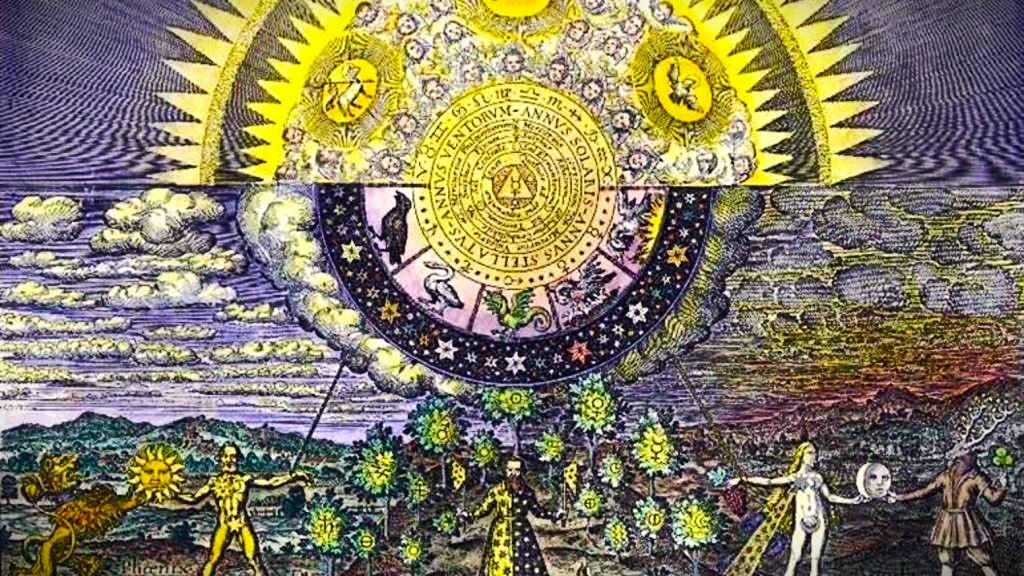
But rather than making this a literal genetic or race issue, it is described as a level of consciousness or spiritual initiation:
- “Hylics or materialists, identify themselves with the body – or circumference of the circle of self.
- Psychics or ‘soulists’, identify with the psyche or soul – the radius of beingness.
- Pneumatics, or ‘spiritists’ are aware of themselves as spirit or Consciousness – the center of the circle.”
(pp. 70-73)
Suppose we can define the human as a central point of original consciousness with an expanding radius of being and awareness. In that case, we have the center point as spirit, the central radius as psyche or soul, and the outer circumference as body and ego identification.
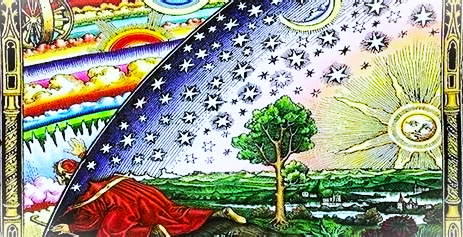
“In Pagan, Jewish, and Christian Gnostic traditions there are two basic stages of initiation which lead initiates progressively through these states of being. Christians called the first psychic or soul initiation, because it initiates the journey from being a hylic to becoming a psychic.
They called the second the pneumatic or ‘spirit’ initiation because it initiates the journey from being a psychic to becoming a pneumatic.
Psychic initiates were taught the exoteric teachings or Other Mysteries of Gnosticism, which were openly available to all those interested in joining a particular Gnostic school.
Pneumatic initiates went on to be taught the secret esoteric teachings or Inner Mysteries. Literalist Christianity is the product of psychic initiates, uninitiated into the Inner Mysteries, making a religion out of the Outer Mysteries.
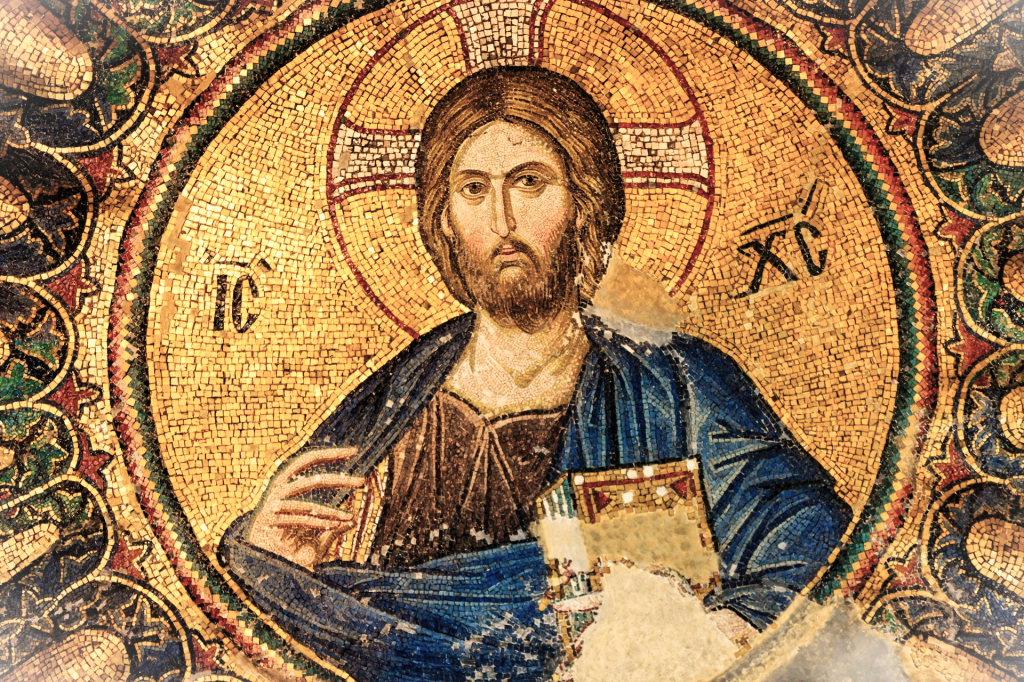
This is why the secret pneumatic teachings of Christianity that we are exploring seem so remote from Christianity as it is generally understood today.
The pneumatic teachings were kept a secret because the spiritually immature can easily be so baffled that they dismiss them as incomprehensible nonsense…”
To paraphrase, essentially the process of awakening began with the exploration of soul experience which was all about the psychic initiation process.
The essence was to know who you are from the personality standpoint while developing empathy and good ethics. The pneumatic initiation was about discovering the experiencer or spirit Consciousness that is the ground of all experience.
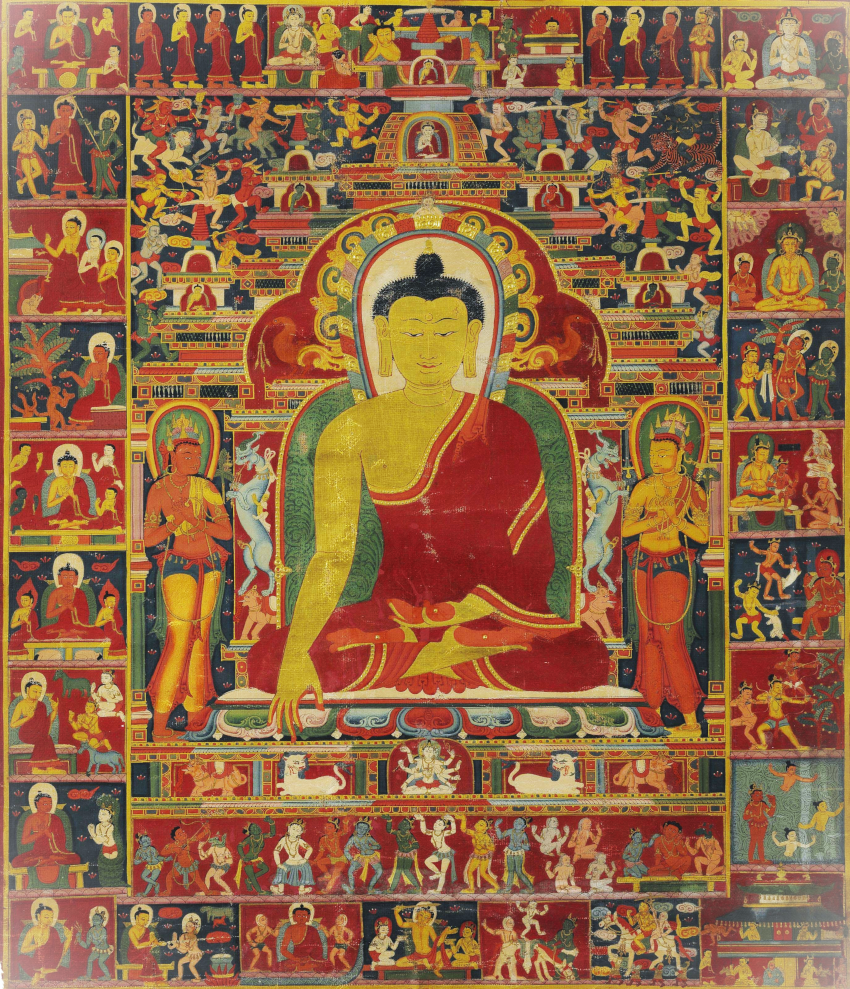
The latter is similar to Buddhist higher-level meditative insights where they realize there is no ego self per se, but rather a deeper connectedness to All. The larger Dreaming Self.
It is the All experiencing itself through the reflection of individual selves, and the sense of an all-embracing love in this Oneness of being. It is a Mystery, and those who have come to the place of Gnosis realize that they really know nothing, and instead realize this is an unfolding mystery of becoming and beingness.

Carl Jung often believed that the early Gnostics were really psychotherapists, who not only realized “Gnosis” through deep self-exploration, contemplation, and compassionate activity, but they helped their spiritual-seeking brothers and sisters to self-discover the same thing.
by: EveLorgen

